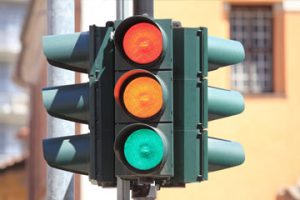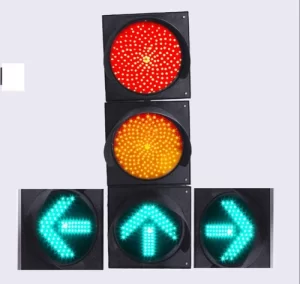The Benefits of LED Technology in the Modern Traffic Light
And in the fast-moving world of urban traffic management, being able to come top is vital. Perhaps one of the most impactful innovations in traffic management is visible thanks to Light Emitting Diode (LED) technology having been introduced, non more so than the implementation into LED Traffic Lights. But before we go over the marvels of LED traffic lights, let us understand what its introduction has helped to achieve in stoplighting.
1. Energy Efficiency: LED traffic lights use a fraction of the energy to operate that traditional incandescent light does. In addition to saving on electricity bills, this energy efficiency helps protect the environment by lowering carbon emissions.
2. Long-Lived: A lifespan several times longer than incandescent bulbs, since LED traffic signal lights often last anywhere from 80K up to little more than the vicinity of even up over hundred thousand hours. LED lights can even last 2 to 3 times longer than normal lighting, which makes maintenance expenses a lot lighter as you also have less worker compensation from not having workers go out constantly making the repairs with no downtime.
 3. Brightness and Visibility: LEDs provide a much higher brightness level than incandescent lights, which makes signals more clear under adverse weather conditions like fog or rain. This added visibility contributes to road safety and helps motorists receive more timely, accurate info.
3. Brightness and Visibility: LEDs provide a much higher brightness level than incandescent lights, which makes signals more clear under adverse weather conditions like fog or rain. This added visibility contributes to road safety and helps motorists receive more timely, accurate info.
4. Instant On/Off: LED Traffic lights turn on instantly which is not in case of other traditional bulbs. The instant on/off allows faster interconnections, and thus quicker syncing of signals function which in turn delivers more responsive reactions to traffic flow resulting in less congested streets.
5. Customizability and Light Effects: LED technology offers you a variety of possibilities to customize the appearance or behavior of your signals. Signal timings, brightness levels or even signal patterns can be varied by a traffic authority to match the variations in vehicular flow through different periods of time or as per occasion thereby making overall traffic management more efficient.
6.Interoperability with smart systems: LED traffic lights can work together in synergy within the integrated ecosystem of a smart city, allowing for real-time observant and action. Cities have the capability to optimize traffic flow, reduce travel times and enhance road safety using data analytics and connectivity. To sum up, it is evident that the use of LED technology in present-day traffic signals brings with itself a plethora of advantages. LED signal lights are changing the way we operate traffic systems, providing everything from energy savings and long lifespans to better visibility and control over lighting. LED technology is being adopted in fast-growing cities and as a result safer, more efficient transportation networks are increasingly important for example (Birmingham).
capability to optimize traffic flow, reduce travel times and enhance road safety using data analytics and connectivity. To sum up, it is evident that the use of LED technology in present-day traffic signals brings with itself a plethora of advantages. LED signal lights are changing the way we operate traffic systems, providing everything from energy savings and long lifespans to better visibility and control over lighting. LED technology is being adopted in fast-growing cities and as a result safer, more efficient transportation networks are increasingly important for example (Birmingham).
